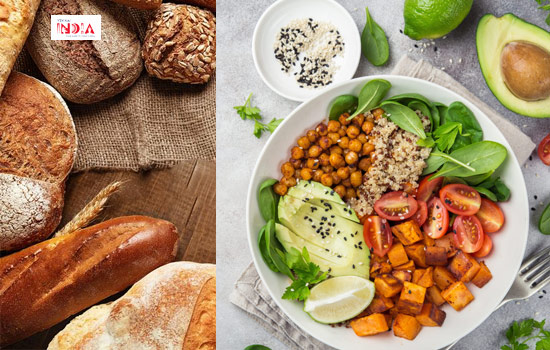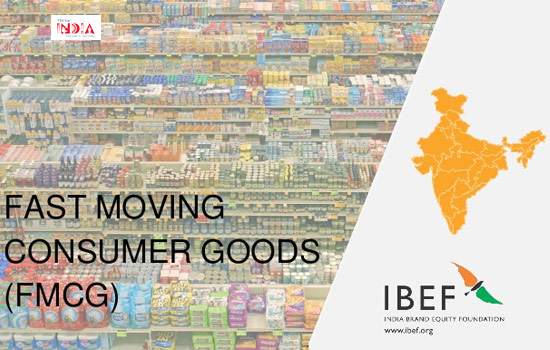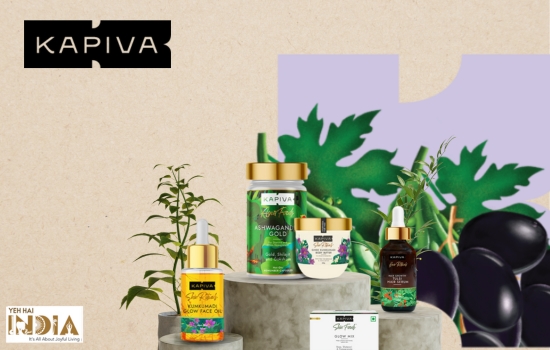As the world is still reeling under the pandemic, stress has become common during these unprecedented times. Under such circumstances, people tend to overcome stress in manifold ways and one of which is by eating a lot. So, during the pandemic, with boredom and homestays, consumption of snacks has accelerated resulting in more weight gain.
According to the latest report by Mondelez International and The Harris Poll, 9 out of 10 global adults are consuming more snacks than before. The study exhibited that two-third of the Indians are snacking more during the lockdown period. And 77 percent purportedly claimed that they’ll be guzzling more snacks than their meals.
Unequivocally, the pandemic has changed the regular lifestyle patterns, including eating habits and food preferences. The state of snacking (as per Mondelez International) has taken a U-turn with 8 out of 10 consumers, i.e. 80 percent consider that snack-time is a moment of peace. Not just that, but at least 60 percent of the people are relishing home cooking and continue to do it more often.
The Food and Health survey report 2020 (foodinsight.org) has also drawn insights on food eating changes, current diet trends, plant protein consumption, and sustainability interest. With the COVID-19 pandemic having a significant impact on consumers’ eating habits, the survey claimed that 32 percent are snacking more, and 27 percent are thinking about food more often than earlier.
Recommended Story – COVID-19: Immunity boosting products by famous Indian FMCG Brands
Impact of COVID-19 on food consumption
While the deadly virus is still on the go, even several industries have taken their business online, and a few were temporarily shut down. With lockdown in place and work-from-home still being the new normal, snacking has taken the upper hand, changing the food behavioral consumption patterns.
Ever since the COVID-19 happened, there has been a significant rise in online shopping. According to the World Economic Forum, there was a rapid increase in “panic buying and food hoarding” amid the coronavirus pandemic. Also, the stay-at-home orders have changed the shopping style of the consumers.

On one hand, we have the downfall of the restaurant industry with a lot of things that are still struggling to adjust. On the other hand, we have online deliveries that have reached an all-time high during the coronavirus outbreak.
Case-in-point, as of May 2020, Swiggy exhibited an increase in orders with Chicken Biryani being the highest with 554,512, followed by Butter Naan 335,185, and Masala Dosa 331,423 orders respectively (as per Statista).
As per McKinsey reports 2020, with shutdowns across the globe, consumers have tried multiple products and taken a shift to new brands. High-income earners and Gen Z category people have frequently shifted brands.
These kinds of shifts benefitted big trusted brands, which replaced other brands with new labels and private brands. Plus, 73 percent of the consumers have recently developed an interest in new labels and decided to continue the brand as their routine even post-pandemic too.
Prioritizing Health, New Players Entry

Considering the pandemic situation that we all are still living in, health became the top priority for everyone. Organic and natural foods became the new trend where the old ways of consumption took a pause. In the beginning stages of lockdown, organic product sales experienced huge numbers.
Due to the unexpected turnaround of events, healthy snacking has also become a part of the daily regime. And surprisingly, early morning snacking has taken a downward shift, moving to late afternoons. As the focus is more on health these days, foods related to vegan are flying off the grocery shelves as and when they arrive in the supermarket stores.
Research Choices reported that the frequency of snacking during lockdown is 2.8 times per day against 2.5 times per day before lockdown. Consumption of bakery products like biscuits, pastry, cake slides has increased to 86 percent against 73 percent before lockdown. The report also read that 72 percent were familiar with Health Snack brands, and 57 percent have heard of it from friends, families, and colleagues through word of mouth.
Furthermore, a lot of people are having plant-based food to keep themselves healthy. And those who have a habit of eating meat regularly have started to consume a combination of veg and non-veg simultaneously. Having seen the rise in demand for organic and vegan foods, new players have also emerged in the health and wellness category with several benefits and classifications.
Not to mention, certain brands have taken this pandemic as an opportunity and revamped their logistic and supply strategies. Also, from packaging to offering door-to-door services, everything is taken care of by marketers, making timely availability of the product in the hands of the consumers.
Recommended Story – In FocusLife Post COVID-19 – Will the way we live change?
FMCGs emerge victoriously

This crisis has opened doors for a few industries and one of which is FMCG. With nationwide lockdowns where most businesses were adversely hit, home snacks never took a back step. By 2024, the Indian snacks industry will touch the Rs 1 billion mark, or probably even more than that.
As consumers are well concerned about multiple issues ranging from health to lifestyle to essential foods, FMCGs have grabbed the opportunity and emerged as a winner in the ongoing disruption. In the September quarter, the FMCG has recorded a 4.9 percent growth in terms of volume, both in the hygiene and in-house snacks category.
Kantar Worldpanel reports that without the pandemic, the growth rate would have moved slowly at 0.8 percent, in contrast to 5.3 percent in non-rural areas. Although the behavior patterns differ from one country to another based on the current constraints.
As per the market insight firm Nielsen, the Fast Moving Consumer Goods (FMCGs) plummeted in the first quarter of 2020, but later, in September, with lockdown in place, the FMCG industry exhibited signs of improvement with year-on-year growth of 1.6 percent. Furthermore, consumers who shopped at a store they had never shopped at before grew from 39% in May 2020 to 45% in September 2020, says reports by Neilson.
However, as things are unassertive and work-from-home continuing to be the new normal by several companies, in-home consumption is expected to carry on till the first quarter of 2021. Additionally, Retailers should make sure that they have the apt products at the right stores by considering the new consumer behavioral changes in the market.
Also Read – Rakshabandhan 2020: Smiles amid COVID-19- Where to buy Rakhis & gifts online










